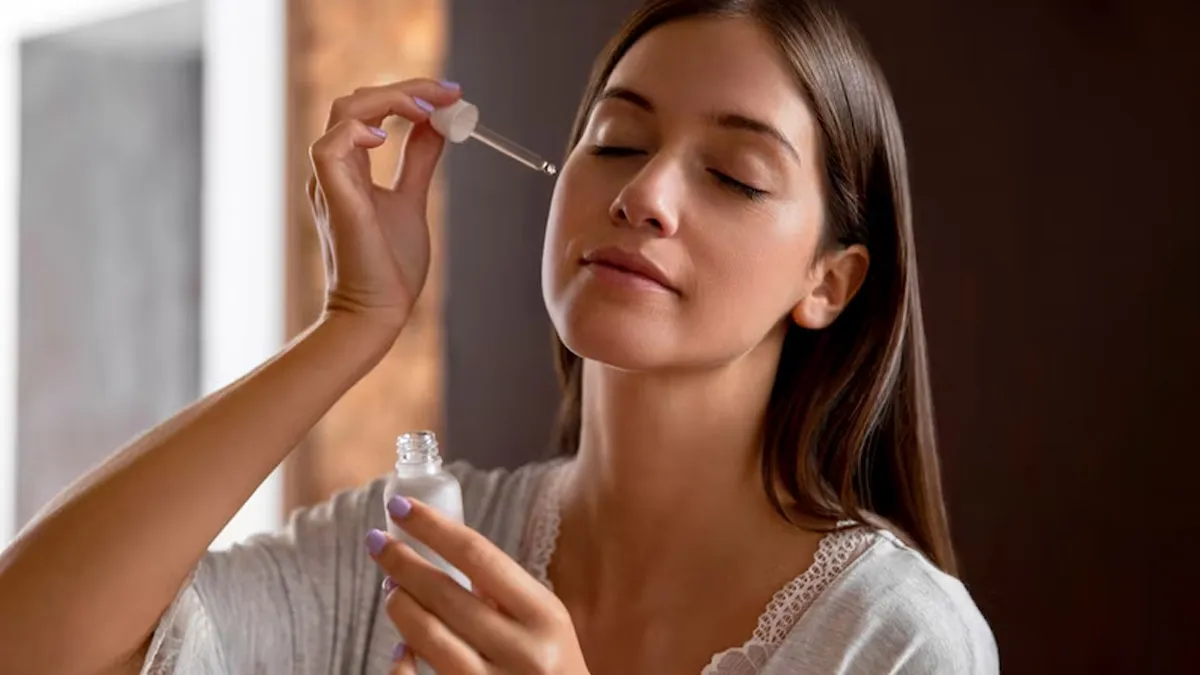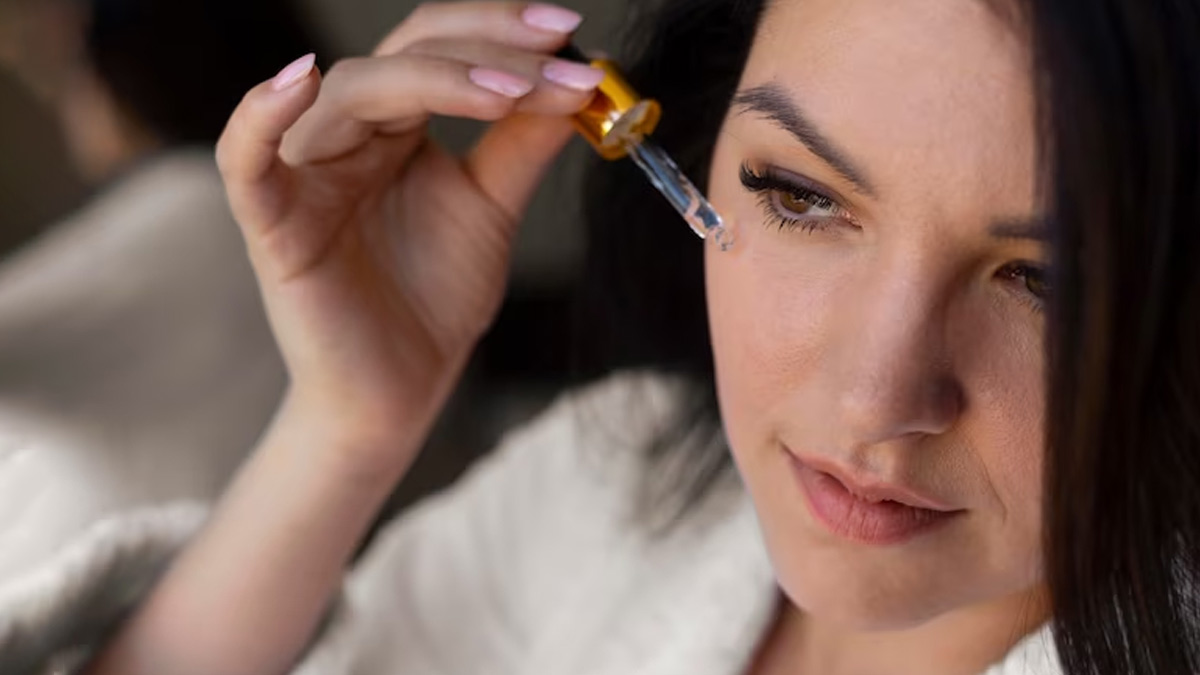
When it comes to creating a successful skincare regimen, acids are usually the heroes. They exfoliate, brighten, clear pores, and even combat fine lines and wrinkles. But even as mighty as they are, some acids just don't mix well. Combining the wrong ones can cause irritation, dryness, or even harm your skin barrier. Therefore, in order to make your routine both safe and successful, we asked our expert, Dr Sanjeev Gulati, Department of Dermatology, Sharda Hospital - Noida, on how to do it, and here's a rundown of which skin acids never mix and why.
Table of Content:-
Skin Acids That Should Never Be Used Together
In an exclusive interaction with the editorial team of Onlymyhealth, Dr Gulati shared a list of skin care acids you should never mix or use together. These include:
1. Vitamin C (Ascorbic Acid) and AHAs/BHAs
- Why they conflict: Vitamin C is volatile and performs optimally in a low-pH environment, while exfoliating acids such as glycolic, lactic, or salicylic acid can interfere with its effectiveness.
- Outcome: Decreased effectiveness of vitamin C and enhanced irritation.
- Improved approach: Apply vitamin C in the morning for antioxidant protection and exfoliating acids in the evening.
2. Retinoic Acid (Retinol/Retinoids) and Salicylic Acid
- Why they conflict: Both are potent exfoliants that accelerate cell turnover. Combined, they may be too abrasive, causing peeling, dryness, and sensitivity.
- Outcome: Over-exfoliation, redness, and acne resulting from a compromised skin barrier.
- Improved strategy: Switch between retinol and salicylic acid on alternate nights.
Also Read: What Is A Varicocele? Expert Shares How It Affects Male Fertility and What You Need To Know

3. Niacinamide and Vitamin C
- Why they fight: Although newer studies indicate they can be together, old versions of niacinamide can render vitamin C ineffective by nullifying it. In sensitive skin, the combination might cause flushing or redness.
- Result: Irritation or ineffectiveness in certain skin types.
- Better alternative: Apply vitamin C during the day and niacinamide at night, or at least wait 15–20 minutes between applications.
4. AHAs and BHAs Combined (e.g., Glycolic + Salicylic Acid)
- Why they conflict: Both are exfoliants with different purposes in mind—AHAs address surface issues, BHAs enter pores. Although strong individually, use them together usually over-exfoliates.
- Outcome: Damaged skin barrier, dryness, and sensitivity.
- Improved method: Use each singly based on your skin issue (texture vs. acne).

5. Retinoids and Vitamin C
- Why they conflict: Both are effective active ingredients that are effective under various pH levels. When combined, they neutralize each other and are irritating to the skin.
- Outcome: Irritation, dryness, and lessening of effectiveness of both.
- Improved method: Use vitamin C during the day and retinol at night for optimal benefits.
Bottomline
Skincare is a matter of balance. Acids can change your skin, but the wrong combinations can ultimately harm you. The best approach? Add one active ingredient at a time, listen to your skin, and, if unsure, see a dermatologist.
Also watch this video
How we keep this article up to date:
We work with experts and keep a close eye on the latest in health and wellness. Whenever there is a new research or helpful information, we update our articles with accurate and useful advice.
Current Version